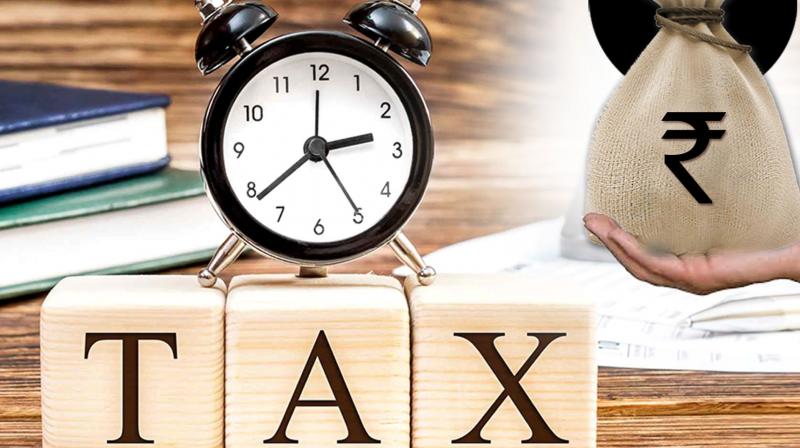Tax reforms, not constraint, will boost revenues
India's tax-to-GDP ratio progressed essentially in the period between 2003-04 and 2007-08 basically since of higher growth and tax reforms.

Almost 73 per cent of India’s startups have received ‘angel tax’ notices, reported Quartz, citing a study of more than 2,500 startups and business persons Whereas the government has demonstrated that it is working to resolve the issue, the taxman’s endeavors to tax investments by ‘angel’ or early-stage investors has already dented sentiment.
Maybe, the government’s excitement to serve angel-tax notices is affected by its need to plug the shortage in goods and services tax (GST) collections. Despite forceful measures such as demonetisation and GST, the Modi government isn't faring much way better than its forerunners when it comes to raising tax revenues.
India’s current economic history offers sufficient proof to show that tax revenues can be raised indeed without a rampaging assess bureaucracy or ad-hoc measures such as demonetisation.
India’s tax-to-GDP (gross domestic product) ratio progressed essentially within the period between 2003-04 and 2007-08 basically since of higher growth and tax reforms. The creation of the tax information network, raising the service tax base, and supplementing states’ service tax with value-added tax (VAT) boosted tax revenues, wrote M Govinda Rao, an economist and a open finance expert, in a 2015 paper.
Numerous of these changes had beginnings under the Vajpayee government, which were subsequently undertaken by the United Progressive Alliance (UPA) government that succeeded it.
In the primary four a long time of UPA-I (2004-05 to 2007-08), the direct tax-to-GDP ratio improved from 3.8 per cent in 2003-04 to 6.3 per ent in 2007-08. This was driven by an change in both individual income tax and corporate income tax collections. In contrast, the enhancement within the direct tax-to-GDP ratio in the first four years of Modi government has been unassuming: it has expanded from 5.6 per cent in 2013-14 to 6.0 per cent of GDP in 2017-18.
In truth, India’s experience since 1991-92 appears that a consistent increase in direct tax income has been accomplished without any forceful tax-related measures, and despite a fall in marginal tax rates.
Rise in corporate income tax revenues over the years has too been fuelled by the rise of capital markets as an vital source of funds, which initiated corporates to honestly announce their profits.
So far, there's little proof to recommend that measures such as demonetisation have driven to any maintained increase in either the tax base or tax collections in spite of the fact that demonetisation and the income disclosure scheme launched prior to that will have contributed to a one-time spurt in direct tax collections.
The obsession with raising taxes has regularly been justified by the reality that India collects less taxes as a share of its national income compared to a few other huge economies. Although, compared to other economies at a similar stage of development, India’s tax-GDP ratio shows up respectable, as a past Plain Facts column had highlighted.
India’s corporate tax collections appear very in line with other huge rising markets. In any case, India does appear to fare moderately more awful when it comes to individual pay charges and property taxes. India’s individual income tax base too appears to be moderately smaller compared to developing economies at a comparative stage of development as India, proposing that the tax structure is generally more skewed within the nation, with the burden of taxes being forced on a small minority.
As it were around 7.4 per cent of grown-ups (matured 15 years and above) in India file or pay income tax. This is often much lower than comparable countries with similar per capita income, such as the Philippines (26 per cent) and Vietnam (58 per ent). Although, as a percentage of GDP, India’s personal income tax collections surpass both these countries. Hence, a small share of population proceeds to pay a expansive part of personal wage tax in India. And this skewness has not changed much in current years, in spite of claims by policymakers that the tax base has been widened.
Hence, endeavors got to be coordinated towards widening the tax base in a orderly way instead of attempting to extract more from existing taxpayers. Making a steady tax regime, empowering entrepreneurial activity—which would raise incomes and tax revenues—and simplifying India’s complicated tax system are likely to be more successful in broadening and deepening the tax base than ad-hoc policy measures.
(With agency input)

